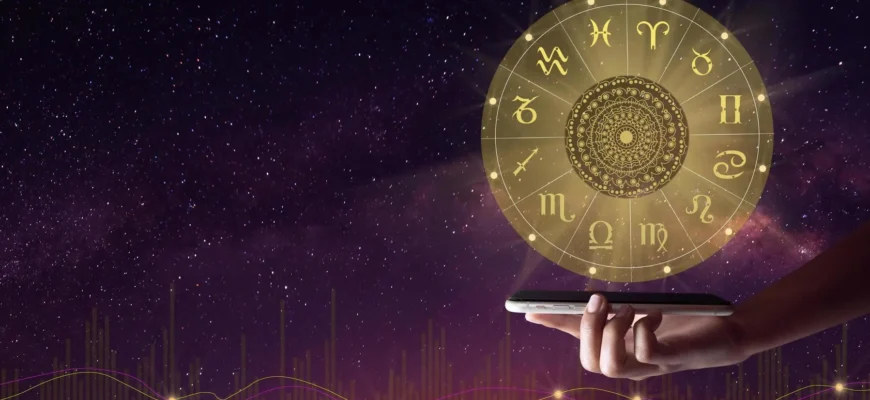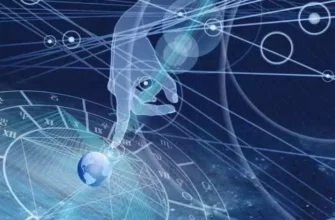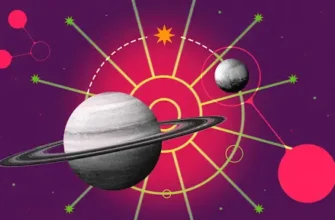The First House, often called the House of Life or Rising Sign, marks the beginning of the astrological chart and sets the tone for an individual’s personality and life path. The Ascendant (Asc), located at the cusp of this house, is one of the most significant points in astrology reading, symbolizing the physical body, appearance, and the way a person presents themselves to the world. Through astrology interpretation, the First House reveals how consciousness, spirituality, and self-awareness shape one’s outward expression and approach to life.
This sector represents identity, vitality, and the lens through which we experience reality. A free birth chart analysis of the First House can uncover insights into temperament, instinctive reactions, and the personal energy that drives growth and transformation. Often described as the “vehicle of consciousness,” the First House embodies the essence of individuality and the spark of self that begins every astrological journey.
- The first house represents initial impressions and personality types
- Summary
- Key topics
- Two-dimensional analysis
- Psychological perspective
- Personality development perspective
- Comprehensive Analysis
- Ascendant is the way we face the world and the main reaction mode to external things.
- The Ascendant (Asc) can be a factor in determining birth circumstances.
- The first house also symbolizes a person’s childhood growth or early childhood experiences.
- The Ascendant (Asc) can be a factor in determining birth circumstances.
The first house represents initial impressions and personality types
The first house is the source of life’s creative essence, governing a person’s basic life style and determining their physical appearance, body type, and temperament. It’s the first impression the outside world makes. Planets in the first house (especially those closer to the Ascendant) have a more pronounced influence on a person’s image and demeanor. If multiple planets are in the first house, indicating a diverse range of self-expression, their combined influence can make it difficult to discern the ascendant’s sign at first glance.
The rising sign is a presentation of a person’s life characteristics. Its main influence is “self-identity”, which determines the presentation of a person’s external image. Its expressiveness is the easiest to recognize. It represents a person’s basic attitude towards others and is the “role-playing” chosen by a person in the world. Its recognition is higher than that of the sun sign.
Summary
The first house, also known as the House of Life and the House of Self, is the position where the Sun first rises. The symbolic beginning is called the Ascendant (ASC). It reflects a person’s appearance, temperament, demeanor, and first impression. It also represents self-identity and talent. If a planet is in this house, the characteristics of that planet are easily identified and integrated into the individual.
Key topics
Personality mask, self-identity, response pattern, struggle partner, motivational supervision, ability stimulation, surface interaction, projection object, image imitation
Two-dimensional analysis
Psychological perspective
The rising sign is a modified and adjusted version of our personality, the first impression we make on others, but it’s not our true nature, hence the term “personality mask.” The sun sign, on the other hand, represents the personality and behavior we choose to present after a period of rational internal deliberation, and is considered our true self. Furthermore, the phenomenon of “duplicity” often occurs when the rising sign and sun sign are in conflicting signs, manifesting a split personality.
The personality expressed by the rising sign differs from the traits expressed by the sun or other signs, even if their forms are similar. The sun or other planets represent different inner “sub-personalities” or “psychological motivations,” a manifestation of energy, while the rising sign forms the overall personality, the result of the interaction and integration of all internal personality traits. Therefore, even if two people have the same planetary signs and houses in their natal charts (for example, twins born a few minutes apart), if the rising sign falls in different signs, the basic patterns of their lives will differ, causing them to look less and less alike as they age.
Personality development perspective
The Ascendant sign is something that develops and matures through interaction with life and one’s environment, while the Sun sign represents one’s innate nature, something that is perceived from childhood. From an external perspective, each person develops more towards the Ascendant’s traits as they age, but from a rational perspective, the older one gets, the more one expresses the Sun’s independent consciousness.
Comprehensive Analysis
Ascendant is the way we face the world and the main reaction mode to external things.
We believe that the outside world “demands” us, and we are shaped by our environment, gradually maturing and becoming fixed, which in turn determines our career, role, and identity, as well as our way of adapting to the outside world.
For example, those with Capricorn rising, when faced with external demands, will first suppress their ego, then be pragmatic and consider things, and then face them seriously and responsibly. Those with Aquarius rising will first oppose the outside world, then calmly reflect and act independently. Those with Pisces rising will first be gentle and submissive, then empathize and show compassion, and face them with self-sacrifice.
The Ascendant (Asc) can be a factor in determining birth circumstances.
It’s determined by a person’s birth sign, the ascendant, and the planets in the first house.
For example, a Mars in the first house can be impatient and lead to premature births or Caesarian sections. A Sun in the first house can lead to a life of high regard and expectation, possibly as the eldest son or daughter, or even the eldest grandson. Neptune in the lagna can lead to confusion and uncertainty, perhaps due to being adopted or experiencing an uncertain origin.
The first house also symbolizes a person’s childhood growth or early childhood experiences.
For example, if Mars falls into the first house, the person may have grown up in a competitive environment, developing a self-centered and impatient personality, and thus often having acute accidents caused by excessive impulse; if Neptune falls into the first house, the person may have grown up in a situation where he was often controlled by the environment and developed a weak character that was easily manipulated by others, or a weak physique that was prone to illness and injury.
The Ascendant (Asc) can be a factor in determining birth circumstances.
When the Ascendant forms a 90-degree conflict aspect with any planet, or a 150-degree disease aspect with any planet, it indicates a negative impact on a person’s physical health, mental state, or bodily functions, leading to illness or impairment. Furthermore, the Sun sign, Saturn sign, and the sign in the Sixth House may also indicate specific health-related influences.









